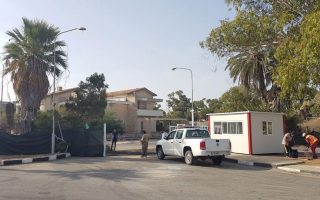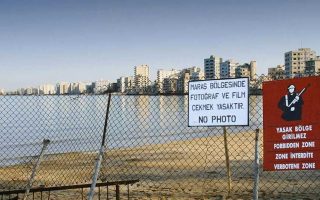Cypriot beachfront reopened in resort abandoned since 1974 conflict
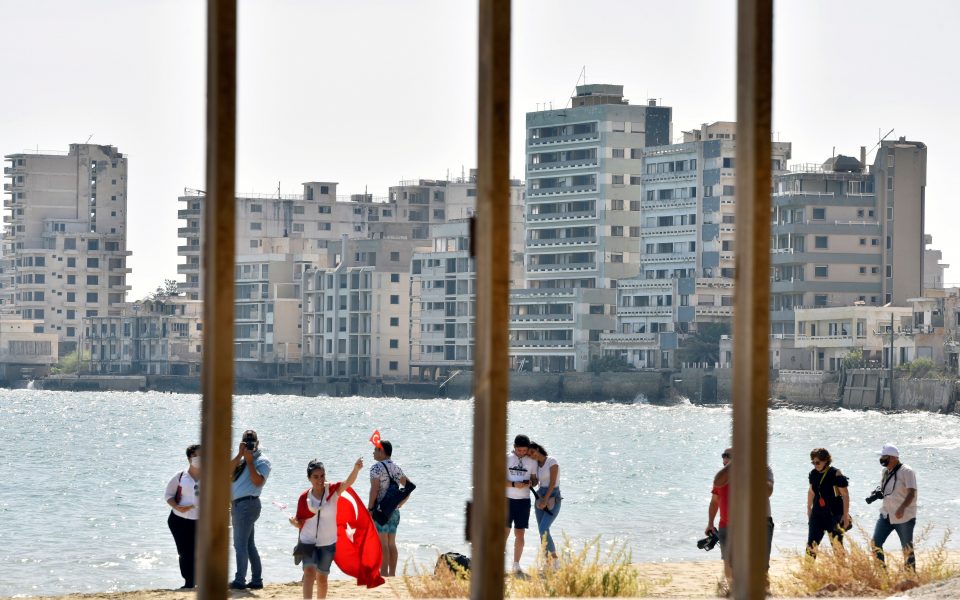
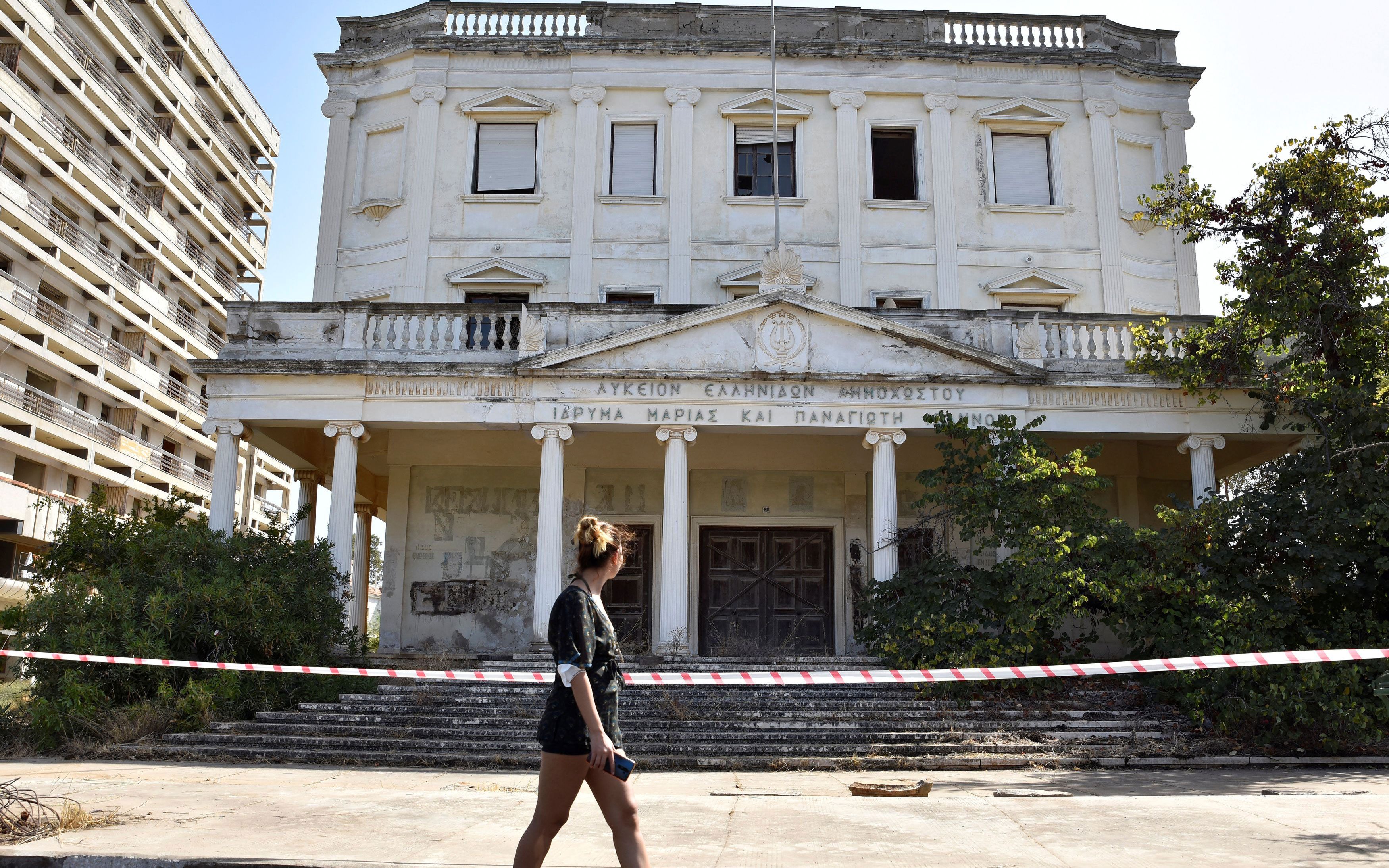
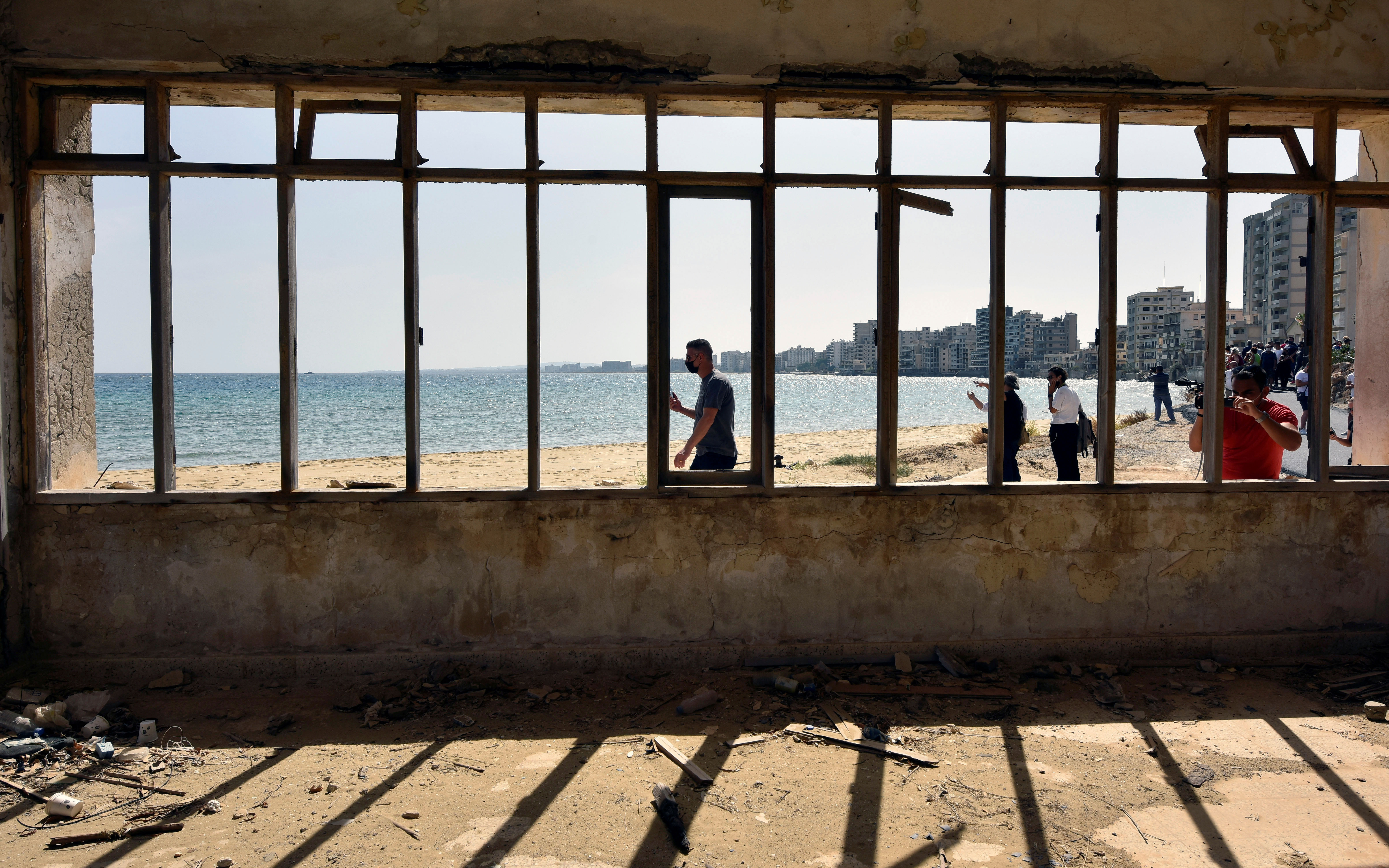
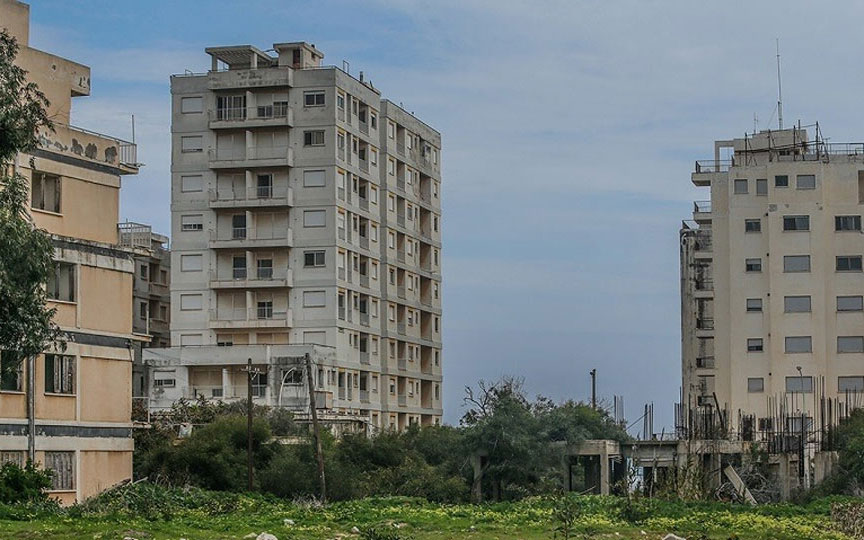
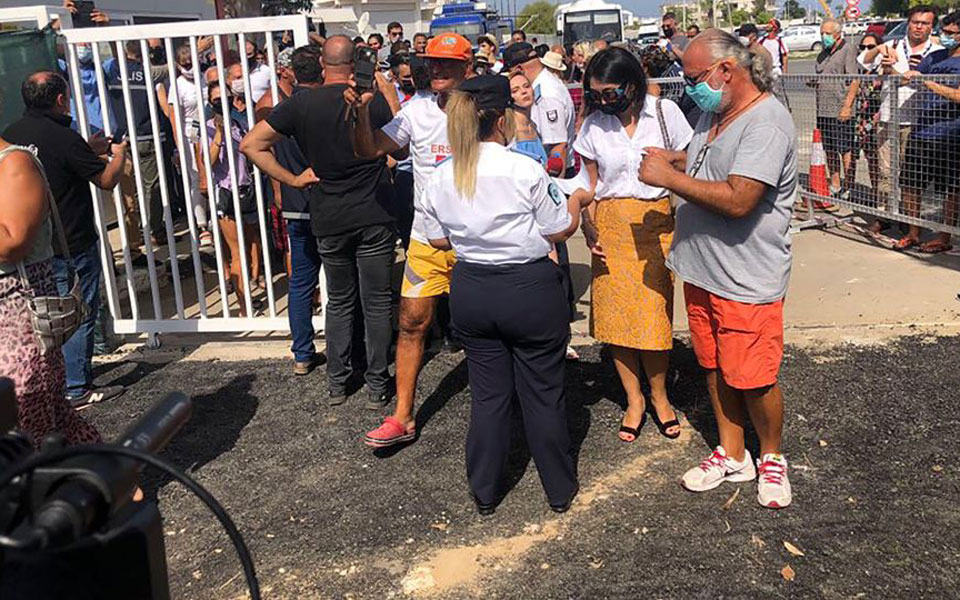
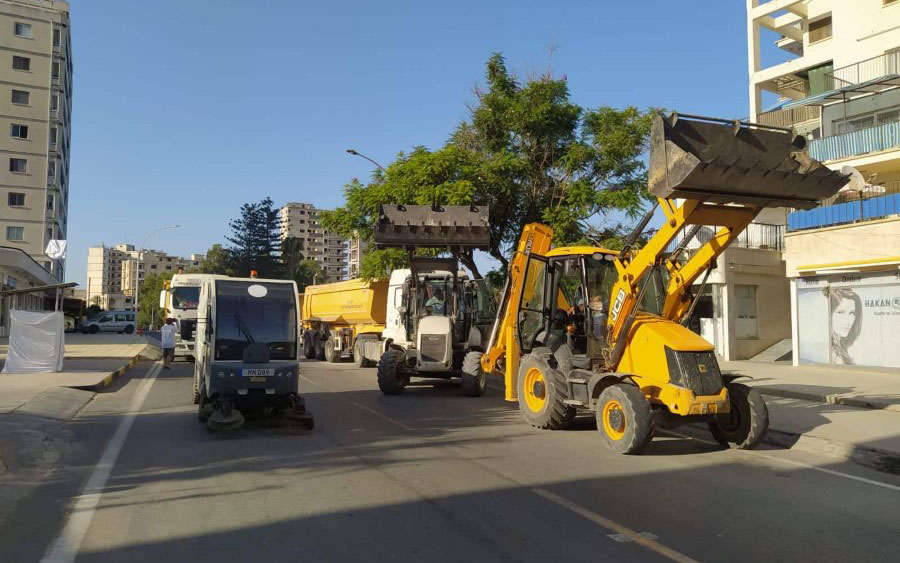
Turkish-occupied northern Cyprus on Thursday reopened part of the beachfront of a resort abandoned since Turkey invaded the island in 1974, taking a step supported by Ankara but condemned by Greek Cypriots and causing concern internationally.
People wearing face masks streamed in after being allowed through a checkpoint by police near the beachfront of Varosha, a deserted suburb of Famagusta city in breakaway Northern Cyprus, in the east of the divided Mediterranean island.
The move could hurt efforts to revive settlement talks on the island and stoke Turkey's row with EU members Cyprus and Greece over east Mediterranean maritime rights, which cooled after Ankara and Athens agreed to resume talks..
Ersin Tatar, "premier" of the so-called Northern Cyprus which is only recognized by Turkey, unveiled the move in Ankara on Tuesday alongside President Tayyip Erdogan, who said he hoped the whole of the district would be opened up.
Tatar is a candidate in presidential elections in the breakaway enclave scheduled this Sunday, Oct. 11.
An affluent neighborhood of high rise hotels, residences and shops, Varosha's 39,000 Greek Cypriot residents fled in the second wave of an invasion mounted by Turkey in 1974 triggered by a brief Greek inspired coup. It was sealed off by the Turkish military, and effectively left to rot.
Stories of widespread looting in the area, or of bank vaults being cleared out in the aftermath of division are widespread among the Cypriot population.
Successive United Nations Security Council resolutions have called for the transfer of the area to the administration of the United Nations.
Greek Cypriots received the news with dismay; out of bounds for decades, sealed off Varosha symbolised for many displaced Cypriots an enduring hope of one day returning. Varosha was one of Cyprus's more vibrant areas where many writers, musicians and artists lived.
"Its a terrible day," said art historian and archaeologist Anna Marangou, who was 22 when she was forced to flee.
[Reuters]
